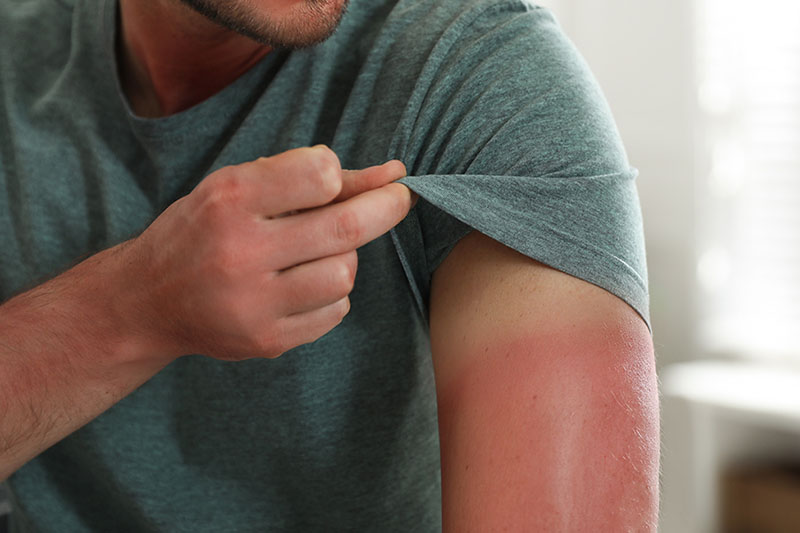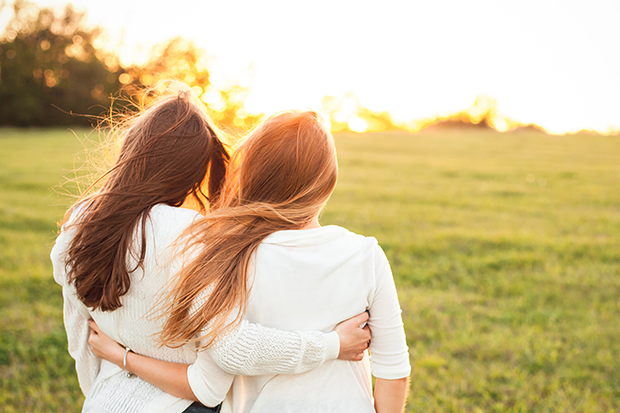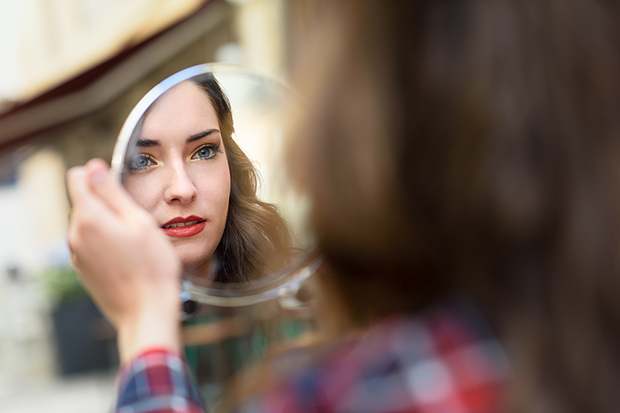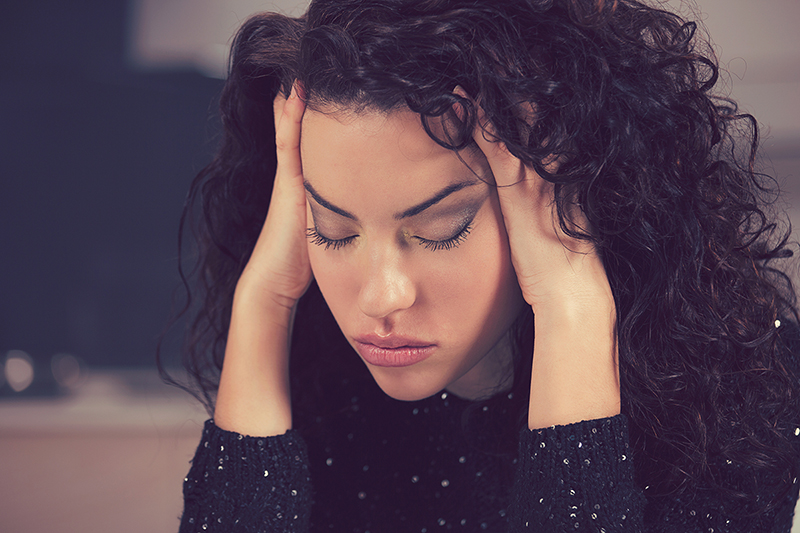5 Facts About Sunburns You Should Know
Sunburns can be more sinister than you might think.

Pool parties, beach days, hiking trips, camping, farmers’ markets, and fairs—summer is one of the greatest times of the year. Despite the adventuresome fun that these summer activities have in common, they have another commonality: they are all outdoors and offer prime opportunities for sunburns if you aren’t wearing sunscreen.
Here are 5 facts about sunburns:
1. They increase your risk for cancer
Skin cancer is the number one diagnosed cancer in the world, but it’s also the number one most preventable. According to the Skin Cancer Foundation, having only five or more sunburns (or even one severe, blistering sunburn during adolescence) can double your risk for melanoma—the deadliest skin cancer in the world. Sometimes all it takes is a little sunscreen (with at least SPF 30) to keep your skin burn- and cancer-free.
Related: 5 Tips for Preventing Skin Cancer
2. They can vary in severity
Have you ever had a sunburn that only slightly turned your skin pink? Or perhaps a more severe sunburn where your skin developed blisters and eventually peeled? Exposure to ultraviolet (UV) rays can result in varying degrees of burns with different symptoms that require different treatments.
Here are some indicators to help you determine the severity of a sunburn:
- First-degree: This type of sunburn only penetrates the outer layer of skin. There are usually no blisters and minimal pain. They will likely heal on their own after a few days.
- Second-degree: This type of sun damage can affect your inner layers of skin and often results in blistering, peeling, and severe pain. If severe enough, second-degree sunburns can require medical treatment to heal completely or to prevent infection.
If this type of sunburn is also accompanied by nausea and vomiting or lethargy, it might be an indicator that you are suffering from heat stroke or heat exhaustion. You should rehydrate and seek immediate medical attention.
3. They can be prevented
Many people believe that simply slathering their exposed skin with sunscreen is enough to keep unwanted sun rays in check, but there are more precautions you can take to protect yourself. For example, many beachgoers often neglect to protect the most sensitive skin areas on the head like the eyes, ears, lips, and scalp. Wearing sunglasses, hats, and lip balms, even with low SPFs like SPF 15, can help you protect these vulnerable skin areas.
One layer of sunscreen can wear off in just a few hours, especially if you are swimming or sweating, so take time to reapply every few hours. Also, consider indulging in waterproof sunscreen. Wearing light clothing that covers your exposed skin can also do wonders for preventing severe burns.
4. They can affect people differently
Sunburns can affect unprotected skin within just a few minutes of sun exposure, but the redness, chills, and full effects of the sunburn might not show up for a few hours after you’ve cooled down. Just because someone else doesn’t have signs of a sunburn doesn’t mean you won’t.
Sunburns can affect people differently because of several factors. Here are a few examples of what can make you more susceptible to severe sunburns:
- Living in or visiting places with high altitudes
- Going outside between 10 a.m. and 3 p.m. (peak sun time)
- Using tanning beds
- Taking medications that increase your risk for UV damage
- Having light skin or fair hair
5. They can be treated
All in all, even if you have a severe sunburn, there is no need to panic. There are many ways you can treat and relieve sunburns at home. Here are a few steps you can take to feel better:
- Rehydrate. Prolonged sun exposure that results in a sunburn can be very dehydrating, so it’s vital that you start replenishing your lost water.
- Apply aloe vera. Store-bought gels or even aloe vera plants can soothe the sting of a sunburn in an instant and get your skin on the path to healing in no time.
- Take a cold bath. This can help with pain and inflammation. It can even prevent further damage from severe sunburns. (You can even add baking soda to your bath for some extra soothing goodness.)
- Moisturize your skin. Moisturizing a sunburn that has been cooled down can help you hydrate the burned skin and prevent too much itching and irritation if/when your skin starts to peel.
Sunburns can be nasty, but they can also be a learning experience to take better care of one of the most important parts of your body. Trust in the sunscreen. You will thank yourself later for taking a few extra minutes to protect your skin.
Related: How to Choose Sunscreen and When To Reapply





